Prefabricated frame houses, the ones that are largely factory-made, have walls built on a wooden structure. Each wall consists of a frame of vertical studs and horizontal beams, stiffened with OSB or other structural panels. In order to be very stable and strong, the frames are made of laminated elements, i.e. structures obtained by overlapping and gluing together several layers of wood, a process similar to the one used to obtain massive panels. For a secure and strong bond, use D4 wood adhesive, which is a highly resistant adhesive to moisture and outdoor conditions. Consistency in the quality of the adhesive depends on strong houses, which is why long-lasting partnerships are established between the house manufacturer and the adhesive manufacturer. This is demonstrated by the more than 10-year partnership between Szolvegy - manufacturer of adhesives and Dimmer, one of the best-known manufacturers of prefabricated houses.
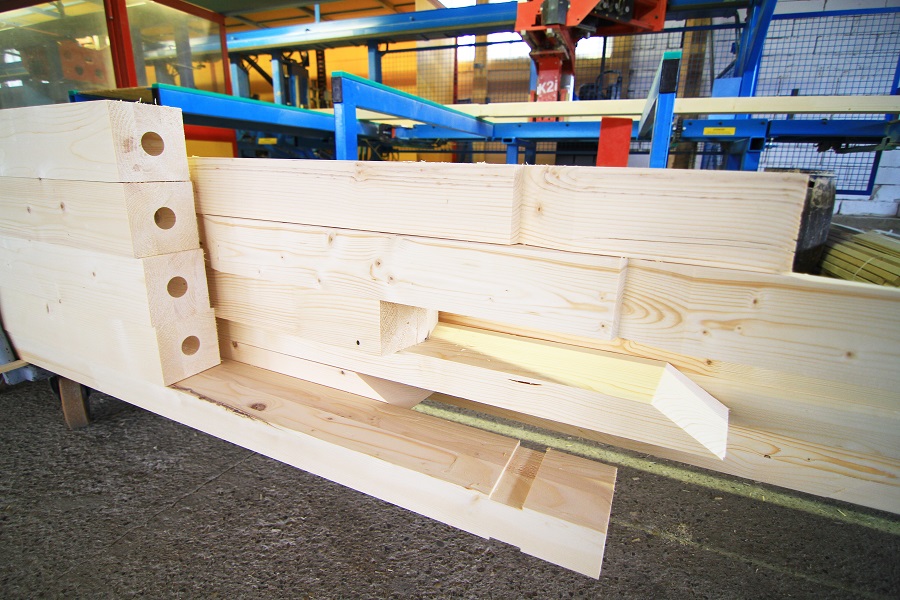
What are rolled elements and how are they obtained
They are called laminated because the overlap of all the wooden elements is parallel to the grain, not perpendicular as in the case of tackle. Their purpose is to eliminate wood defects and stabilize it. Compared to a post or beam made from a single piece of wood, laminated beams do not run the risk of cracking, warping or dimensional variation.
After the lumber has been cut and dried in the kilns, each item is analyzed for loose or cracked knots and other possible defects, which are then removed. The remaining pieces of wood are too small to be used to make posts, so they are milled at the ends to be finger-jointed. Joining in teeth allows to obtain long elements with very good strength. The resulting teeth increase the contact area between the two elements and transform a bond of fibre ends into a much stronger parallel fibre bond.
Adhesive is applied to the side edge of each such extended element and then several similar elements are pressed edge to edge, forming a panel of elements glued to the sides. Excess adhesive is applied so that, by pressing, the excess comes out. It is a way of checking that there is adhesive all over the surface. After the time required for the adhesive to react, the panel is removed from the press, sanded and calibrated to remove the hardened adhesive on the outside and cut into beams and posts.
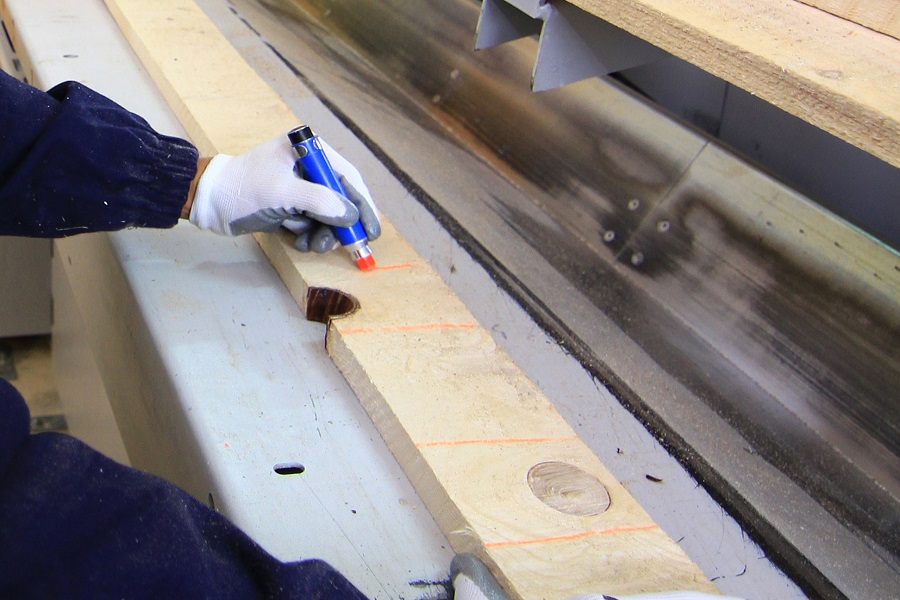
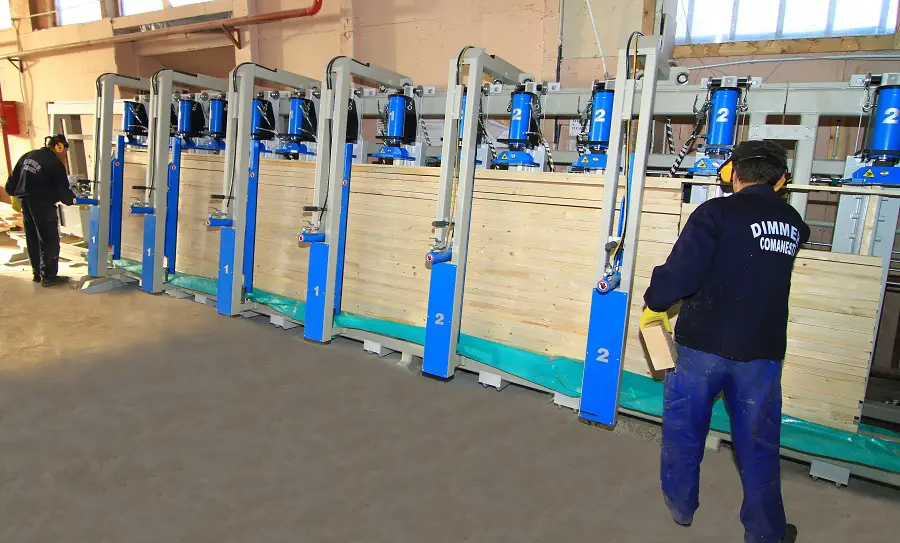
The qualities of the adhesive used to obtain laminated elements
The adhesive used for both the tooth joint and the panel joint must be very strong. This is why D4 wood adhesives are used, the best adhesives in terms of moisture resistance and outdoor conditions. TISZAPUR D4 is used in Dimmer, a polyurethane adhesive.
Polyurethane adhesives are the most durable and strongest adhesives for wood. They are versatile, being able to bond glass, metal, ceramics, polyurethane foam, textiles, plastic or stone in addition to wood. They are highly resistant to moisture and are well suited for use both indoors in high humidity and outdoors. They can equally glue solid wood or wood derivatives.
The TISZAPUR D4 adhesive used by Dimmer to produce the laminate elements is single-component. The film-forming reaction takes place using moisture from the atmosphere and wood. It is easier to use than conventional two-component polyurethane adhesives (adhesive and hardener), provided it is protected from moisture when not in use, i.e. the packaging is hermetically sealed. The resulting adhesive film adheres very well to the surface of the wood, is very elastic, resistant to water and mechanical action and very durable.
In order to ensure that it is the best option for obtaining house structures, Szolvegy tested the gluing under conditions that were more severe than those recommended in the product data sheet. Beams were made and tested in autoclaves at high temperatures and then left outside for a long time in both winter and summer conditions. The beams withstood all these tests very well.
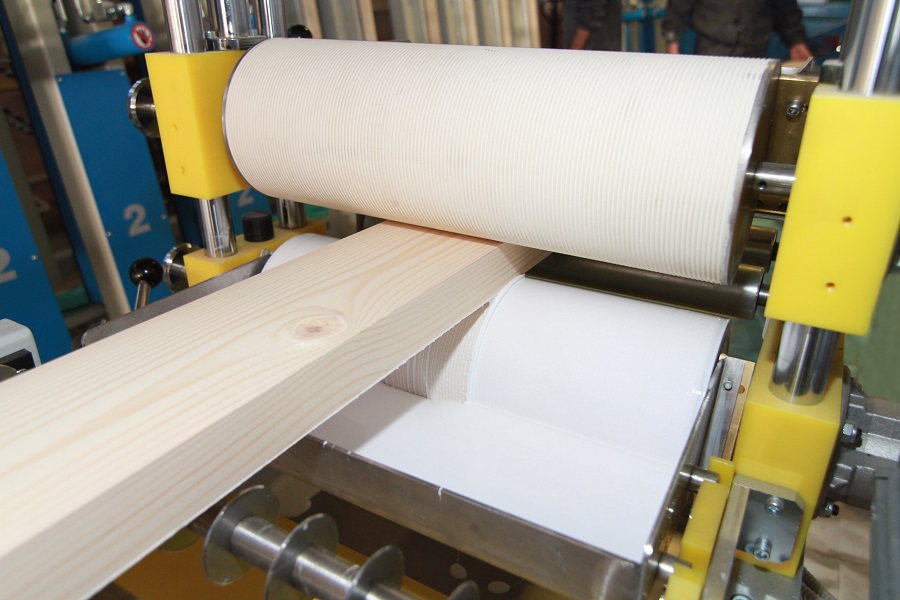
A partnership based on the quality of the product supplied and compliance with the recommended technology
The tests to which the adhesives have been subjected, the permanent and random quality control of the manufactured adhesives are the reason why, in over 10 years of collaboration, there have been no quality problems. However, I would like to point out that no matter how good an adhesive is, if it is not applied well and correctly, if the setting or resting times are not respected, if it is not stored correctly and if the shelf life is not respected, the results will not be as expected. There needs to be collaboration between the two parties to avoid inconvenience. Adhesive, without correct application, loses its qualities no matter how good it is.
Dimmer has been producing wooden houses for many years, and many of them have been made in European countries. Romanians have been more reluctant to this type of construction, mainly due to the lack of information in the field. Fortunately, their construction has started in our country a few years ago and the number of people who choose to build their houses in this way is increasing. This is also because more and more information has appeared about energy efficiency prefabricated houses, short working time and lack of waste on site.
And one of the reasons for their strength and durability is the use of adhesives with good bonding properties, resistant over time and in extreme conditions and consistent in quality.



















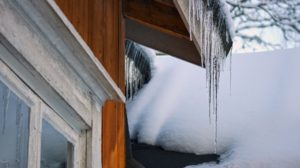
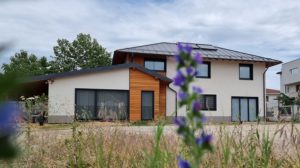
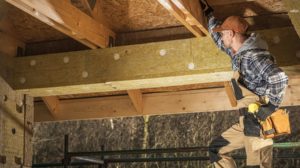

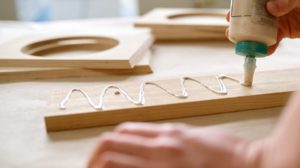
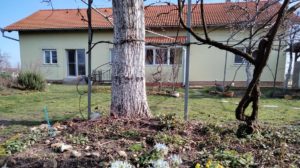

I'm curious what the life of the shop is in a laminated wood beam. Can you help me?
Adhesive and not store...God forgive the autocorrect for its overactive imagination.
Hello!
I had read the first post and was already starting to think about a single beam shop, but why just one and what kind of shop. Interesting how quickly the thought flies. Luckily the next message came immediately and brought me back down to earth. 🙂
The adhesive is polyurethane, so...plastic. Surely the wood will rot before the adhesive deteriorates. If the gluing is well done, the adhesive has absorbed sufficiently into the wood, all the instructions for gluing have been followed, problems will not arise from the adhesive.
Problems with adhesives occur when using adhesives formulated for indoor use outdoors. An adhesive that is recommended only for indoor furniture will deteriorate very quickly in outdoor humidity and solar radiation. This is not the case with D4 polyurethane adhesives, such as the one in the article.
All the best!
Thank you very much for your reply. I mean it is plausible that a laminated beam can live for hundreds of years if protected from rot.
With pleasure! Yes, if the wood doesn't rot, the beam has no problems.
With pleasure! Yes, if the wood doesn't rot, the beam has no problem.